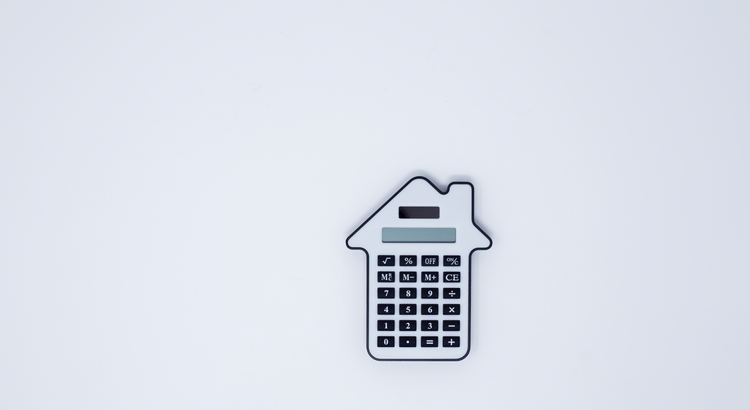If you’re looking to buy a home, or if you will need to refinance in the near future, you’ve probably been paying close attention to mortgage rates. Over the last couple of years, they hit record lows, rose dramatically, and are now dropping back down a bit. Ever wonder why? The answer is complicated because there’s a lot that can influence mortgage rates. Here are a couple of the most impactful factors at play.
Inflation and the Federal Reserve
The Federal Reserve (Fed) doesn’t directly determine mortgage rates. But the Fed does move the Federal Funds Rate up or down in response to what’s happening with inflation, the economy, employment rates, and more. As that happens, mortgage rates tend to respond. Business Insider explains:
“The Federal Reserve slows inflation by raising the federal funds rate, which can indirectly impact mortgages. High inflation and investor expectations of more Fed rate hikes can push mortgage rates up. If investors believe the Fed may cut rates and inflation is decelerating, mortgage rates will typically trend down.”
Over the last few years, the Fed raised the Federal Fund Rate to try to fight inflation and, as that happened, mortgage rates jumped up, too. Fortunately, the expert outlook for inflation and mortgage rates is that both should become more favorable over the course of the year. As Danielle Hale, Chief Economist at Realtor.com, says:
“[M]ortgage rates will continue to ease in 2024 as inflation improves . . .”
There’s even talk the Fed may actually cut the Fed Funds Rate this year because inflation is cooling, even though it’s not yet back to their ideal target.
The 10-Year Treasury Yield
Additionally, mortgage companies look at the 10-Year Treasury Yield to decide how much interest to charge on home loans. If the yield goes up, mortgage rates usually go up, too. The opposite is also true. According to Investopedia:
“One frequently used government bond benchmark to which mortgage lenders often peg their interest rates is the 10-year Treasury bond yield.”
Historically, the spread between the 10-Year Treasury Yield and the 30-year fixed mortgage rate has been fairly consistent, but that’s not the case recently. That means, there’s room for mortgage rates to come down. So, keeping an eye on which way the treasury yield is trending can give experts an idea of where mortgage rates may head next.
Fed Chair Jerome Powell says that the Federal Reserve remains on track to cut interest rates multiple times this year. Interest rate cuts are unlikely to be a single solution to all the complexities of the real estate market. While they have the potential to boost demand and improve affordability, the actual impact depends on various factors like inventory levels, economic conditions, and buyer behavior. It's crucial to stay informed about economic trends and consult with a financial advisor for personalized advice before making any real estate decisions.
Here are some additional points to consider:
- The impact of interest rate cuts might vary across different segments of the real estate market.
- Geographical location can also play a significant role, with different regions experiencing varying levels of impact based on local market dynamics.
- The speed and magnitude of interest rate cuts will also influence their ultimate effect on the market.
By understanding these nuances, you can make more informed decisions about your own real estate goals in 2024.




































































































